-
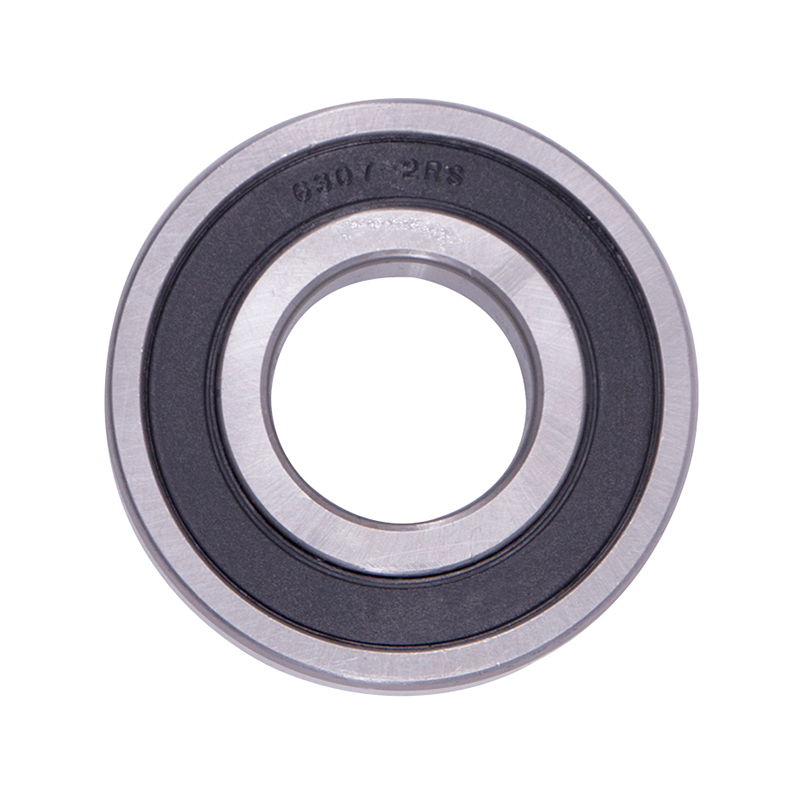 Wheel Hub Bearings
Wheel Hub Bearings -
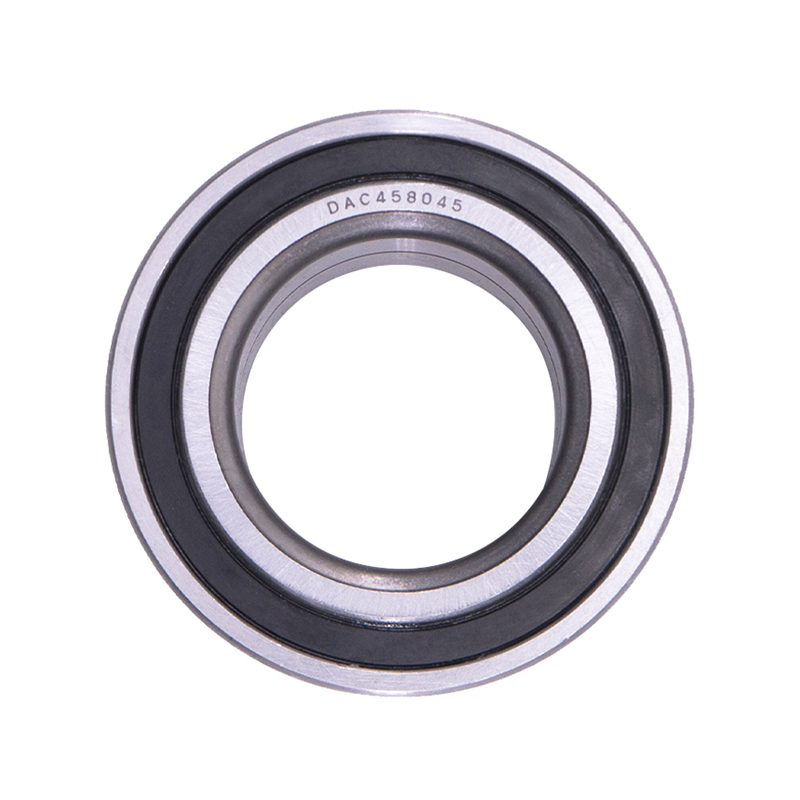 Wheel Hub Bearings
Wheel Hub BearingsDAC387436 DAC458045 Hub Deep Groove Ball Car Wheel Bearing
-
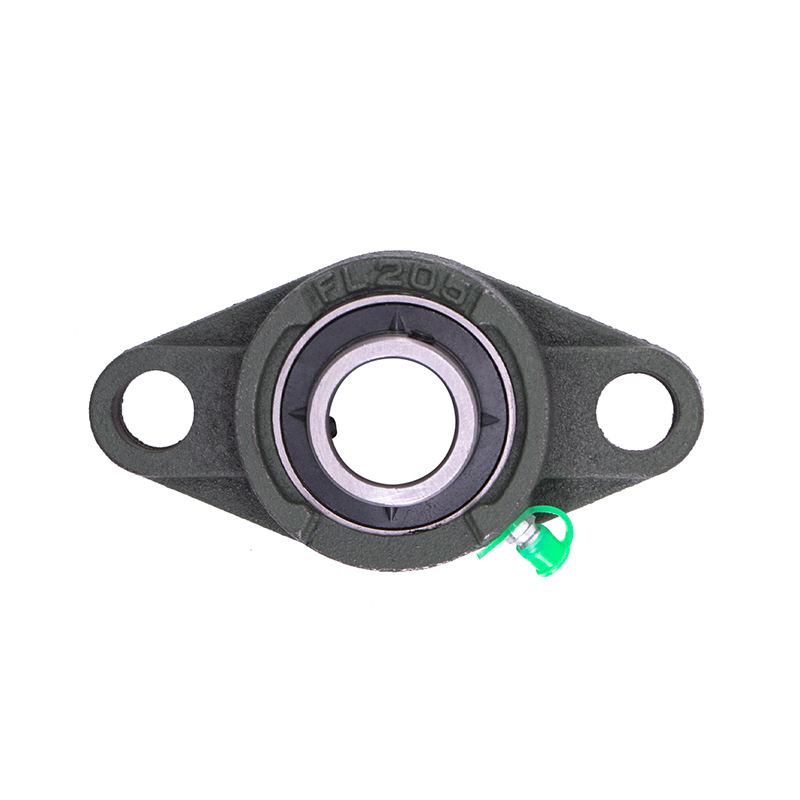 Spherical Bearings
Spherical BearingsFL204 FL205 FL206 Stainless Steel Pillow Block Bearing
-
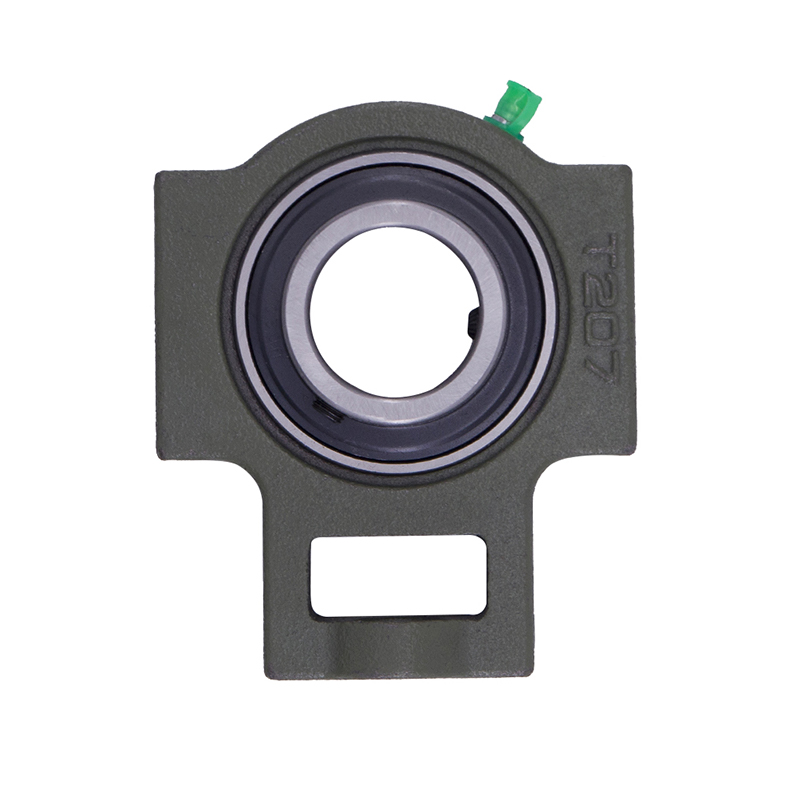 Spherical Bearings
Spherical BearingsT204 T207 UC204 High Speed Insert Pillow Block Bearing
-
 Spherical Bearings
Spherical BearingsFC204 F210 Auto Wheels Bike Pillow Block Bearing
-
 Spherical Bearings
Spherical BearingsP207 206 205 203 High Precision Wheel Pillow Block Bearing
-
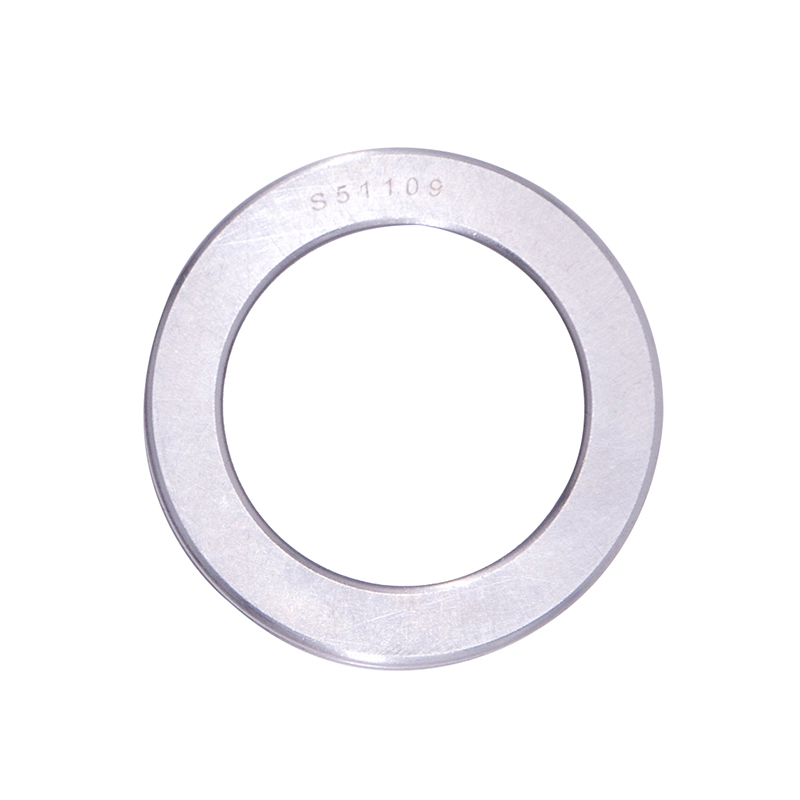 Thrust Roller Bearings
Thrust Roller BearingsS51100 S51107 S51109 Car Wheel Plain Thrust Ball Bearing
-
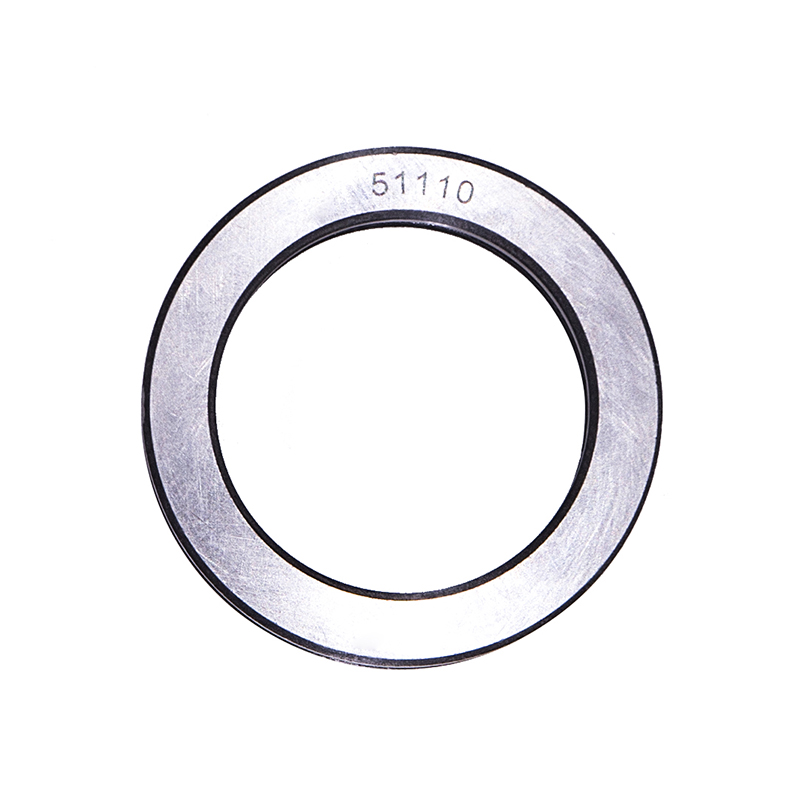 Thrust Roller Bearings
Thrust Roller Bearings51110 51107 51104 51206 High Speed Plain Thrust Ball Bearing
What Are the Different Classifications of Motorcycle Bearings?
Industry news-One of the main ways to classify motorcycle bearings company is by their design type. The common types include ball bearings, roller bearings, and needle bearings. Ball bearings use spherical balls to reduce friction between moving parts. They are widely used in motorcycle wheel hubs and steering head assemblies due to their ability to handle both radial and axial loads efficiently. Roller bearings, on the other hand, use cylindrical rollers that distribute load over a larger area, making them suitable for heavier loads, often found in transmission components.

Needle bearings are a subtype of roller bearings characterized by long, thin rollers. These bearings fit well in compact spaces such as rocker arms or swingarm pivots where space is limited but load capacity is still important.
Another classification factor for motorcycle bearings is the load orientation they are designed to handle. Bearings are categorized as radial, thrust, or angular contact based on the direction of the loads they support. Radial bearings primarily handle loads perpendicular to the shaft and are commonly found in wheel hubs and crankshafts. Thrust bearings are designed to manage axial loads, which act along the shaft axis, making them essential in steering and clutch assemblies. Angular contact bearings can support both radial and axial loads simultaneously and are often used in front wheel hubs and other applications requiring combined load handling.
The sealing and lubrication features of motorcycle bearings represent another key classification. Bearings can be open, shielded, or sealed. Open bearings have no protection, exposing the internal components to dust, dirt, and moisture, making them suitable only for clean, controlled environments or applications with external lubrication. Shielded bearings include metal shields that block larger contaminants but still allow some airflow, requiring periodic maintenance and lubrication. Sealed bearings feature rubber or synthetic seals that provide a tight barrier against contaminants and retain lubrication within the bearing. Sealed bearings are preferred for motorcycle applications because they reduce maintenance needs and extend service life.
Material composition is also a factor in classifying motorcycle bearings. Many bearings are made from high-quality steel alloys, chosen for strength and wear resistance. However, some specialty bearings incorporate ceramic balls or coatings that improve corrosion resistance, reduce friction, and increase lifespan. Ceramic bearings, for instance, are found in high-performance motorcycles where minimal friction and weight reduction are priorities.
Size and dimension classifications are crucial for motorcycle bearings to ensure compatibility with specific components. Bearings come in standardized inner diameter, outer diameter, and width measurements. Each motorcycle model requires bearings with precise dimensions to fit its wheel hubs, steering heads, swingarms, and engine parts correctly. Using improperly sized bearings can poor fitment, premature wear, and mechanical failure.
The bearing cage type is another classification to consider. The cage holds the balls or rollers in place and controls their spacing. Common cage types include pressed steel, nylon, and machined brass. Pressed steel cages are strong and cost-effective, widely used in standard motorcycle bearings. Nylon cages offer lower friction and quieter operation but may have reduced temperature tolerance. Machined brass cages are durable and resistant to wear, preferred in high-load or high-speed applications.
In terms of performance classification, motorcycle bearings vary based on precision grades and load ratings. Bearings are manufactured to meet different tolerance and accuracy standards, with higher-grade bearings providing smoother rotation and better longevity. High-performance or racing motorcycles often require premium bearings that meet tighter tolerances and have higher load capacities than standard commuter motorcycles.

 English
English русский
русский Español
Español
